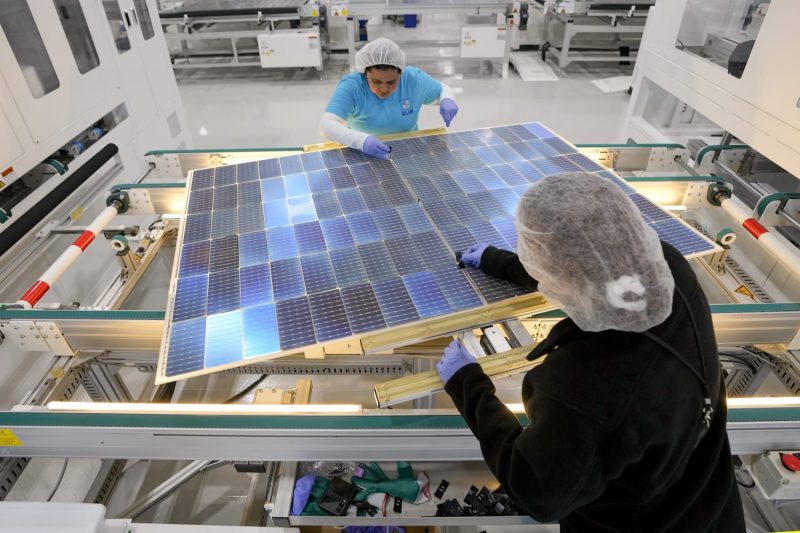In today’s dynamic labor market, the demand for skilled labor is steadily increasing while traditional white-collar hiring is showing signs of tapering off. This shift is indicative of the evolving nature of job roles and skill requirements in the United States, reflecting the impact of technological advancements, changing demographics, and economic trends.
One of the key factors driving this transition is the rise of automation and digitization across various industries. As companies adopt advanced technologies to streamline operations and increase efficiency, there is a growing need for workers with specialized technical skills to operate and maintain these systems. Robotics, artificial intelligence, data analytics, and other cutting-edge technologies are becoming increasingly prevalent in the workplace, creating new job opportunities for those with the requisite expertise.
Furthermore, demographic changes, such as an aging population and shifting migration patterns, are also contributing to the shift towards skilled labor. As the baby boomer generation retires, there is a noticeable shortage of skilled workers in certain industries, particularly in fields such as healthcare, engineering, and information technology. This demographic shift is creating a significant demand for younger, educated workers who possess the skills needed to fill these vacant positions.
Another factor driving the demand for skilled labor is the growing emphasis on specialized knowledge and expertise in today’s competitive job market. Employers are increasingly seeking candidates with in-depth technical skills, industry certifications, and practical experience that demonstrate their ability to contribute to the organization from day one. This trend is particularly evident in sectors such as healthcare, finance, and technology, where employers are looking for candidates who can hit the ground running and add immediate value to their teams.
While the shift towards skilled labor presents new opportunities for individuals with specialized skills and expertise, it also poses challenges for those in traditional white-collar professions. The slowing demand for generalist roles and administrative positions means that some workers may need to reskill or upskill to remain competitive in the job market. Lifelong learning and continuous skills development are becoming increasingly important for professionals looking to adapt to the changing labor landscape and secure fulfilling career opportunities.
In conclusion, the shift towards skilled labor in the U.S. labor market is a multifaceted phenomenon driven by technological, demographic, and economic factors. As the demand for specialized technical skills continues to grow, individuals and organizations must adapt to these changes by investing in education, training, and professional development. By embracing this shift and equipping themselves with the necessary skills, workers can position themselves for success in the evolving job market and capitalize on the new opportunities emerging in the era of skilled labor.
